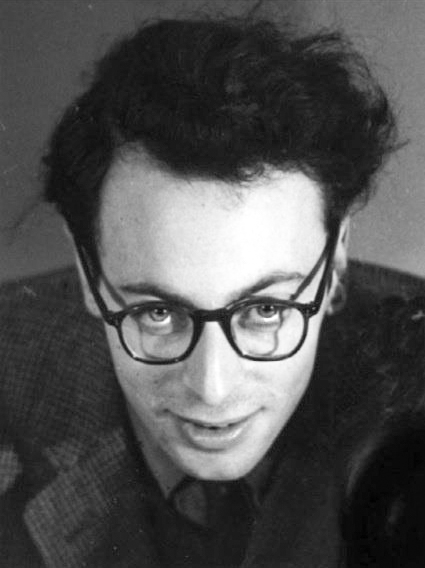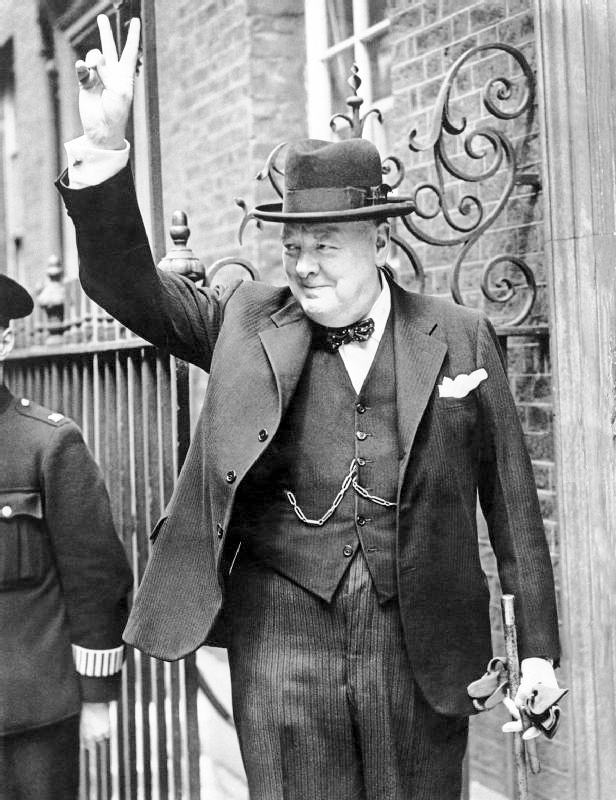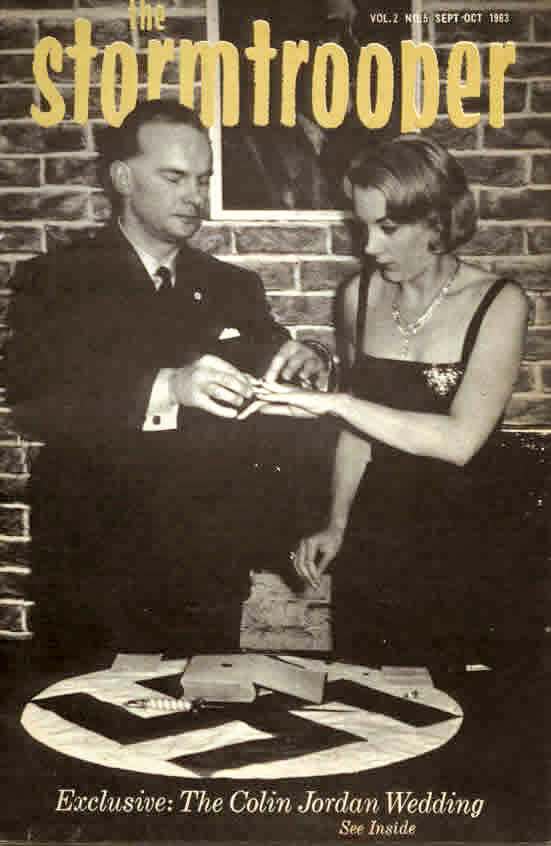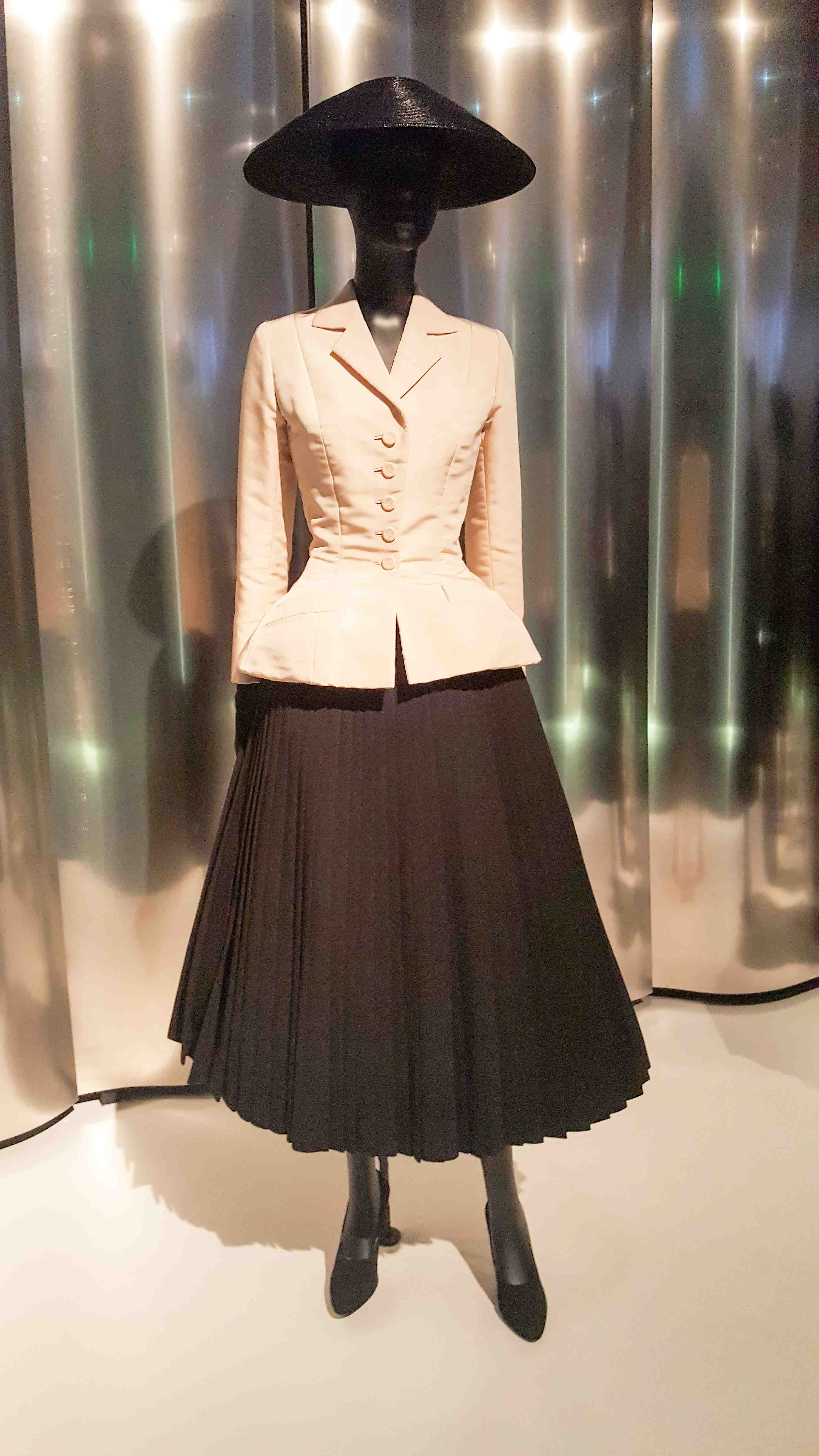One of the things I try and do is introduce you to people who have had very interesting lives. Hopefully, the majority of them have led good lives but unfortunately, there are some who have not. Not too long ago, you were introduced to the “Auschwitz Tattooist” (read The Auschwitz Tattooist here) as well as a Belgium woman who sacrificed her life to save Jewish children (read Something Must Be Done here). Today, you’ll meet a very courageous young man who at the age of eighteen became the French Resistance’s most skilled forger and in the process, saved the lives of 14,000 Jews including countless children. He estimated that thirty forged documents could be produced in one hour. So, Adolfo Kaminsky didn’t sleep much because, “If I sleep, thirty people die.”
July Historical Events
This is a new feature for our bi-weekly blogs. I’ll pick out some interesting events that took place in the historical month of our blog. Don’t worry, we’ll continue with the “Did You Know?” call-outs as many of you have commented so positively about it. So, here goes ⏤ let me know if I should continue this!
| 6 July 1189 | Richard the Lionheart comes to the English throne after his father, King Henry II, dies. As the English king, Richard spent less than six months in Britain (so much for the Robin Hood story). |
| 7 July 1456 | Joan of Arc is posthumously acquitted of her crimes. This really didn’t help Joan as she was burned at the stake on 30 May 1431, but at least her reputation was saved (which likely paved the way for sainthood). |
| 28 July 1540 | King Henry VIII married his fifth wife, Catherine Howard. There were immediate marital problems and several days after appearing as a couple on the Jerry Springer show, Catherine was dispatched to meet the executioner. |
| 14 July 1789 | Mobs storm the Bastille. How could I have left this one out? |
| 16 July 1945 | The first atomic bomb is detonated in the New Mexico desert. I wish I could have left his one out. |
| 17 July 1955 | Disneyland opens in Anaheim, California. Okay, why would I include this here? Simply, nostalgia. Sandy worked here in the mid-1970s (Bear Country) and we took our kids to the park many times during the thirty-four years we lived in Southern California. Spoiler Alert for a lot of you: all the original rides are gone (trust me, “Mr. Toad’s Wild Ride” really wasn’t). |
Let’s Meet Adolfo Kaminsky
Adolfo Kaminsky (born 1925) was a member of a Russian Jewish family who fled Russia, moved to Paris, but were kicked out of France and settled in Argentina where Adolfo was born. His father was a tailor and in 1932, moved the family back to Paris after the French government allowed them to return albeit under their Argentina passports. After a year, they moved to the Normandy area where young Adolfo began working for a dry-cleaning business and developed an interest in chemistry and specifically, dyes. Adolfo would soon build a lab where he could experiment and teach himself the basics of chemistry.




